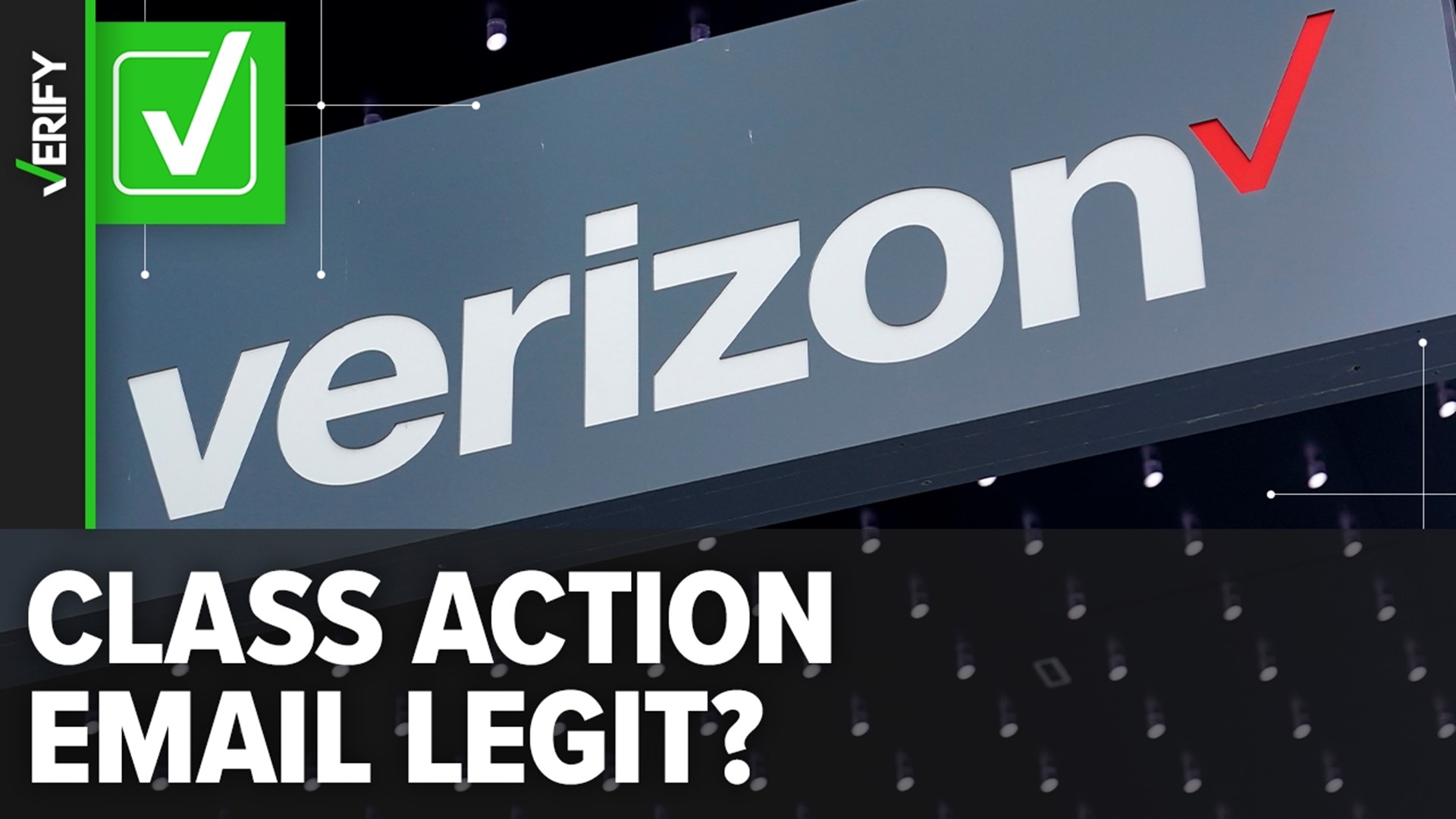In a major development in the financial sector, Capital One is facing a class action lawsuit that has captured national attention. The case centers around allegations of misleading marketing practices and potential financial harm to customers. This article provides an in-depth look at the lawsuit, its implications, and what affected individuals need to know.
Understanding the Class Action Lawsuit
The class action lawsuit against Capital One began in 2024 when customers alleged that the bank had frozen savings account interest rates at a low level for several years, despite advertising these accounts as “high interest.” This led to significant financial losses for many consumers, who felt they were cheated out of more than $2 billion in potential interest earnings.
The Consumer Financial Protection Bureau (CFPB) also filed a lawsuit regarding the same issue, further highlighting the seriousness of the allegations. Although the CFPB’s lawsuit was dropped in February, Capital One agreed to a $425 million settlement in a separate class action lawsuit.
This settlement is one of the largest in recent years and underscores the growing concern over how financial institutions manage customer accounts and communicate with their clients.
Who Is Eligible for the Settlement?

The settlement includes current and former customers who maintained a Capital One 360 Savings account between September 18, 2019, and June 16, 2025. This timeframe is crucial because it covers the period during which the alleged interest rate freeze occurred.
Customers who qualify do not need to file a claim, but those who wish to be excluded from the settlement must do so by October 2, 2025. This deadline is critical for anyone who wants to opt out of receiving any payments from the settlement.
How Much Will Customers Receive?

The settlement aims to compensate affected customers for the lost interest they would have earned if their accounts had been subject to the higher interest rates offered by the 360 Performance Savings account.
For those who still have a 360 Savings account, the settlement guarantees that their accounts will earn an interest rate that is at least two times the national average rate for savings deposit accounts as calculated by the FDIC.
The total amount each customer receives will vary based on the number of accounts they held and the time periods during which they were affected. The $425 million settlement is divided into two parts: $300 million for class cash payments and other fees, and $125 million for additional interest to those who continue to hold a 360 Savings account.
When Will Payments Be Made?
The final approval hearing for the settlement is scheduled for November 6, 2025. Once approved, payments will begin to be distributed to eligible customers. Those who are automatically included in the settlement will receive checks or electronic payments, depending on their preferred method.
Customers whose balances are less than $5 will not receive funds unless they opted for an electronic payout before October 2. For those who still have a 360 Savings account, additional interest will be added to their accounts going forward.
Why This Lawsuit Matters

The class action lawsuit against Capital One highlights broader issues in the banking industry, particularly around transparency and consumer protection. It serves as a reminder of the importance of clear communication between financial institutions and their customers.
The case also sets a precedent for future lawsuits, showing that companies can face legal and financial consequences for failing to protect customer interests. As more consumers become aware of their rights, such cases may become more common.
Additional Context: The 2019 Data Breach
While the current class action lawsuit focuses on interest rate practices, it is worth noting that Capital One has faced other legal challenges. In July 2019, the company announced a massive security breach that exposed personal information of over 100 million individuals in the U.S. and Canada.
The breach involved sensitive data such as full names, mailing addresses, phone numbers, email addresses, dates of birth, Social Security numbers, and bank account details. This incident led to widespread concern about data security and prompted multiple lawsuits, including a class action that eventually resulted in a $190 million settlement.
Lessons Learned from the Case

The Capital One class action lawsuits offer valuable lessons for both consumers and financial institutions. They emphasize the need for transparency, accountability, and proactive measures to protect customer data.
For consumers, the case underscores the importance of staying informed about their financial accounts and understanding the terms and conditions of the services they use. It also highlights the power of collective action, as class action lawsuits can lead to meaningful changes and compensation for affected individuals.
For financial institutions, the case serves as a reminder of the legal and reputational risks associated with poor data management and misleading marketing practices.
What You Can Do If You’re Affected
If you believe you may be eligible for the settlement, there are several steps you can take:
- Check Your Eligibility: Review your Capital One account history to determine if you were a customer during the relevant timeframe.
- Gather Documentation: Collect any emails, statements, or documents that may support your claim.
- File a Claim: Submit your claim through the designated process before the deadline.
- Stay Updated: Monitor updates from the settlement site for any new instructions or deadlines.
- Strengthen Your Security: Take steps to protect your personal information, such as using strong passwords and enabling two-factor authentication.
Final Thoughts
The class action lawsuit against Capital One is a significant event that has drawn attention to the importance of fair business practices and consumer rights. While the settlement offers some relief to affected customers, it also serves as a cautionary tale for financial institutions.
As the financial landscape continues to evolve, it is essential for both consumers and companies to remain vigilant and informed. By understanding their rights and responsibilities, individuals can better navigate the complex world of banking and finance.
Author: John Doe
Title/Role: Financial Analyst and Journalist
Credentials: With over a decade of experience covering financial news and legal developments, John has provided insightful analysis on major economic events and corporate scandals. His work has been featured in leading financial publications and media outlets.
Profile Link: LinkedIn Profile
Sources:
– Consumer Financial Protection Bureau
– Capital One Settlement Information
– CNBC Article on Capital One Lawsuit
Internal Links:
– Understanding Class Action Lawsuits
– Financial Protection Resources
– Data Breach Awareness
Schema Markup:
{
"@context": "https://schema.org",
"@type": "Article",
"headline": "What You Need to Know About the Class Action Lawsuit Against Capital One",
"description": "Learn about the $425 million settlement, eligibility criteria, and what affected customers should know.",
"datePublished": "2025-09-15",
"author": {
"@type": "Person",
"name": "John Doe"
},
"publisher": {
"@type": "Organization",
"name": "US Trending News",
"logo": {
"@type": "ImageObject",
"url": "https://www.example.com/logo.png"
}
}
}
Featured Snippet:
The class action lawsuit against Capital One involves a $425 million settlement for customers who had a 360 Savings account between September 18, 2019, and June 16, 2025. Eligible customers may receive payments based on lost interest, with additional funds allocated for ongoing account holders.
Call to Action:
Stay updated with the latest news and ensure you understand your rights as a consumer. Explore today’s headlines for more information on financial trends and legal developments.










More Stories
US Trending News: Candace Owens: Understanding Her Influence on YouTube and Political Commentary
US Trending News: What You Need to Know About the Capital One Class Action Lawsuit
US Trending News: What You Need to Know About the Capital One Lawsuit